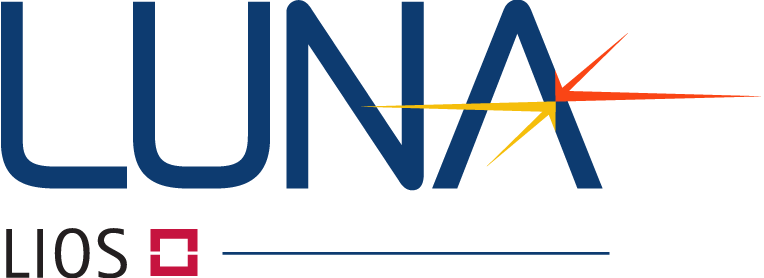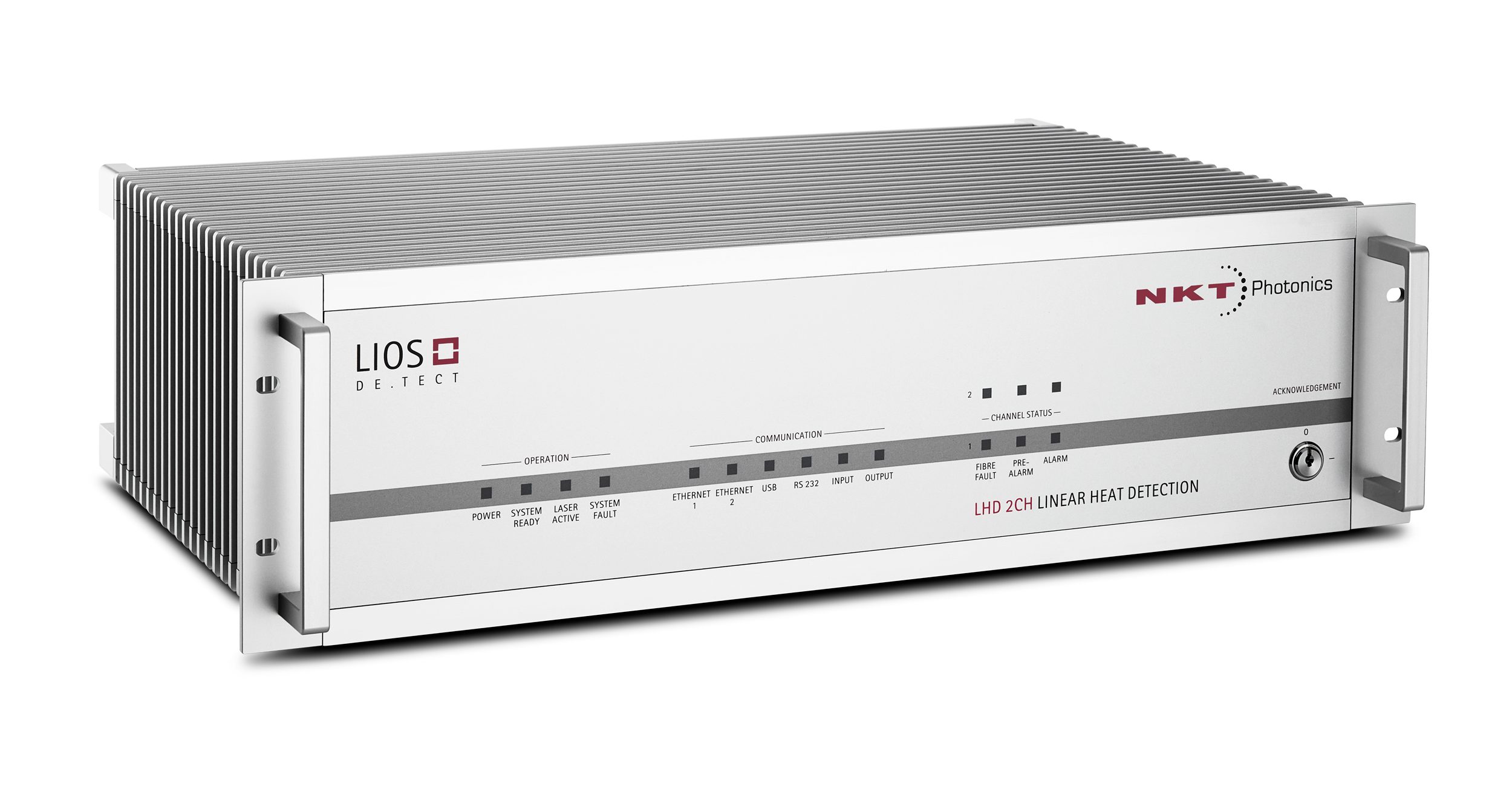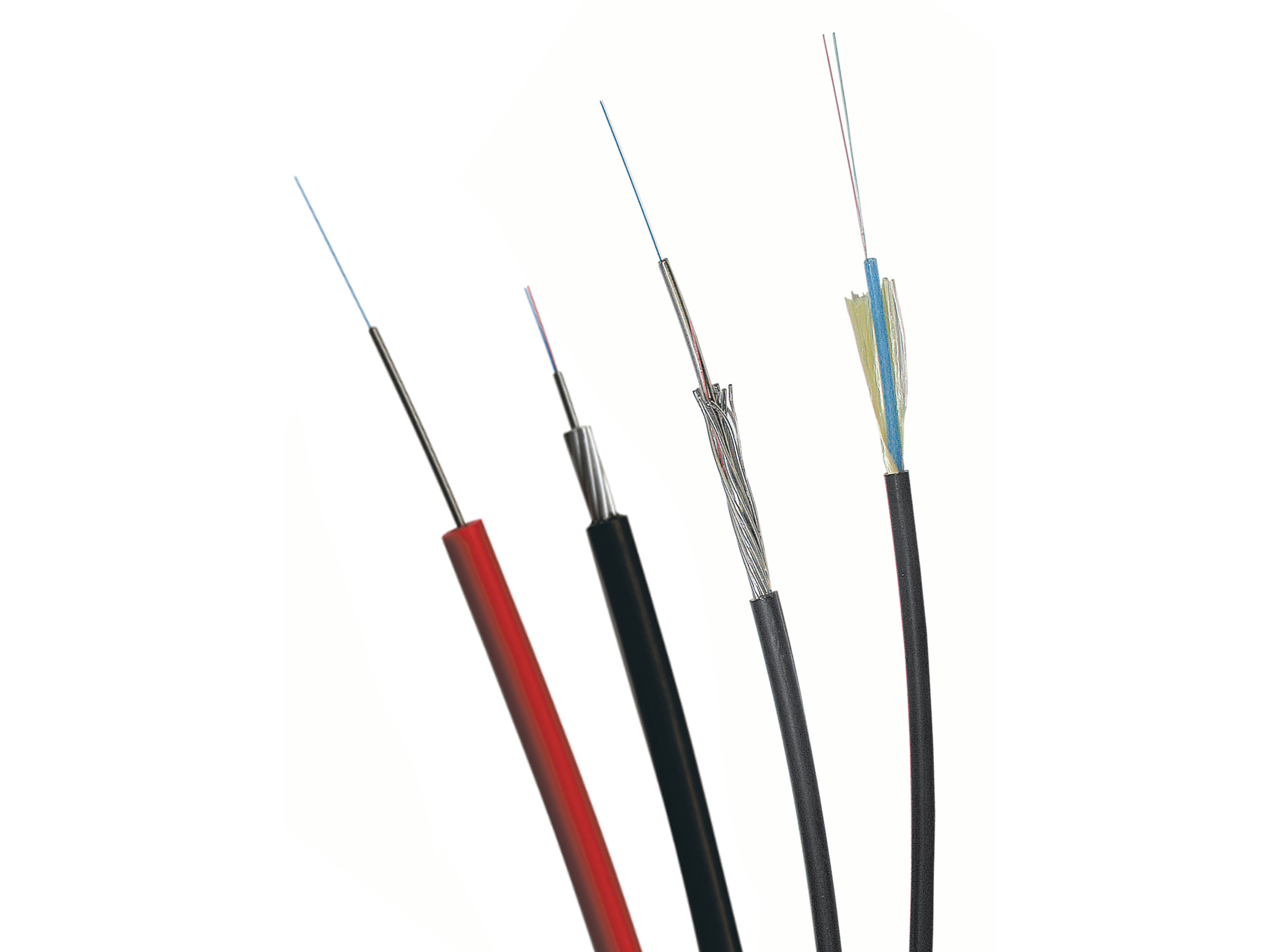Do you wonder what fiber-optic linear heat detection is? Would you like to know where, when, and why to use linear heat detection?
In this webinar, Julio Toko and Muneeb Elsakka answer these questions as well as take you through the following:
- What is linear heat detection?
- Advantages of fiber-optic linear heat detection
- Applications of fiber-optic linear heat detection
- Scientific theories behind fiber-optic sensing technology
- Introduction to DE.TECT fiber optic linear heat detection components
- Introduction to Luna
Get talked through the advantages
Fiber-optic linear heat detection systems are extremely reliable and have several advantages compared to other types of sensor networks, such as:
- Continuous temperature monitoring
- Customizable software setting of zones and alarms
- Thousands of locations covered by one interrogator
- Low-cost fiber-optic cable is the sensor, no sensor elements or networks
- Mean Time Between Failure >40 years
- Pro-active monitoring catches events before a fire starts
- No electricity in the application area, it’s explosion safe
- No cross-sensitivity to dust facilitates fire detection
- Immunity to EMI
- Passively cooled
Get examples of where to use fiber-optic linear heat detection
Fiber-optic linear heat detection systems are ideal in large areas, areas that are hard to access, and hazardous areas, for instance:
- Road and subway tunnels
- Underground infrastructure tunnels
- Mining conveyor belts
- Mining elevator shafts
- Processing plants
- Power generation plants
- Road and subway tunnels
- Petrochemical and power plant tank terminals
- Petrochemical and power plant pumping motor rooms
- Underground infrastructure tunnels
- Airport hangars
- Airport infrastructures
- Others: cable trays, transformer galleries, etc.
Learn about the equipment, performance, and techniques
Learn the basics of how the system uses laser light and optical fibers as sensors and how light scattering effects such as Rayleigh, Raman, and Brillouin can be used to deduct temperature.
Get walked through the equipment, such as controller and sensor cables, and their capabilities.



